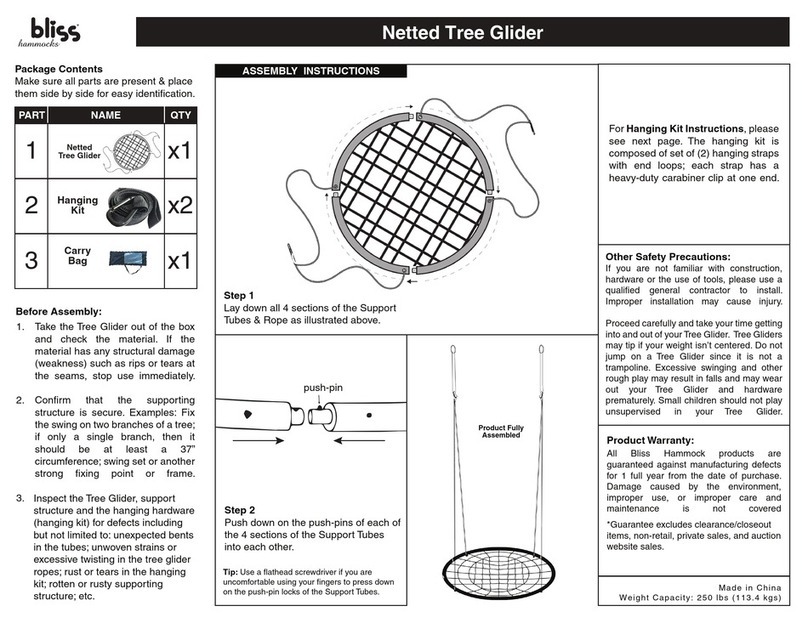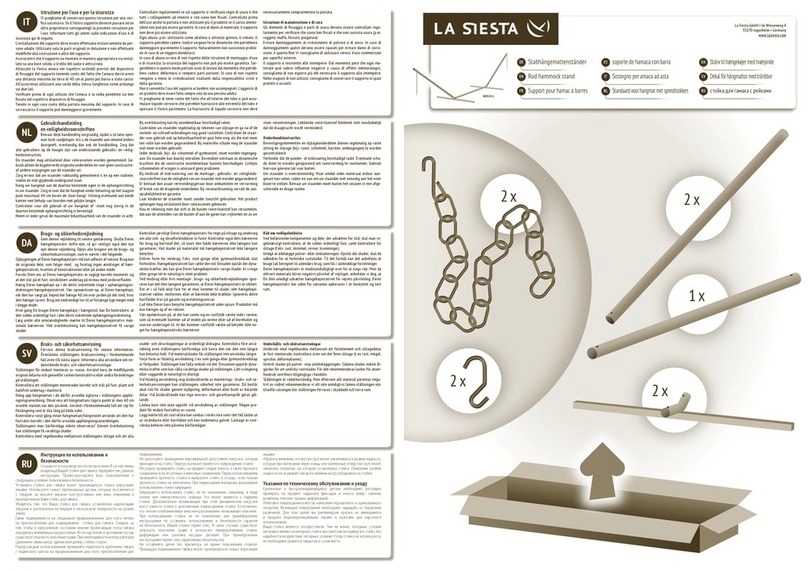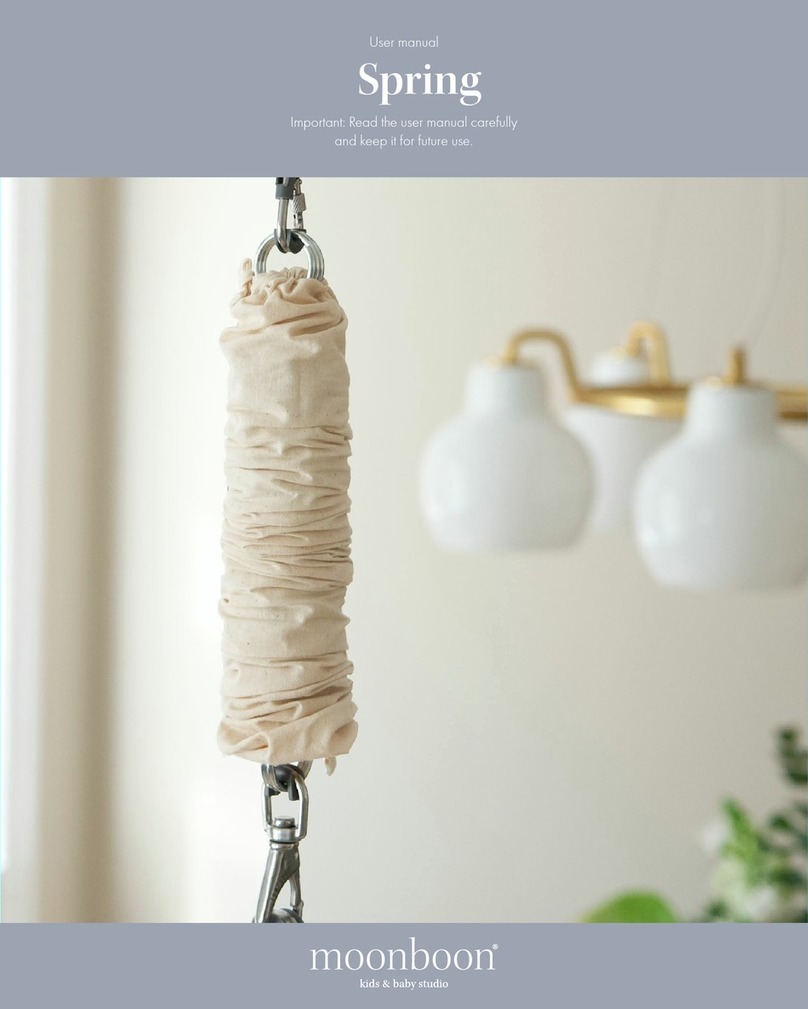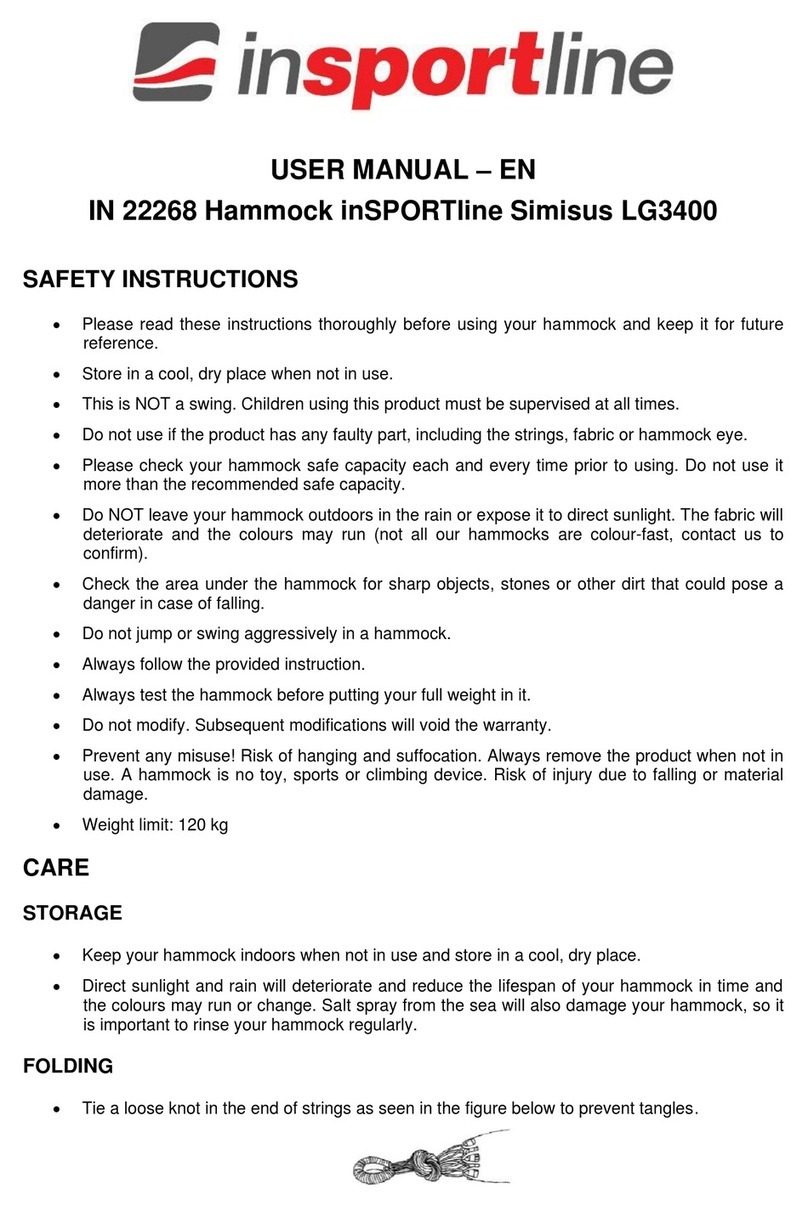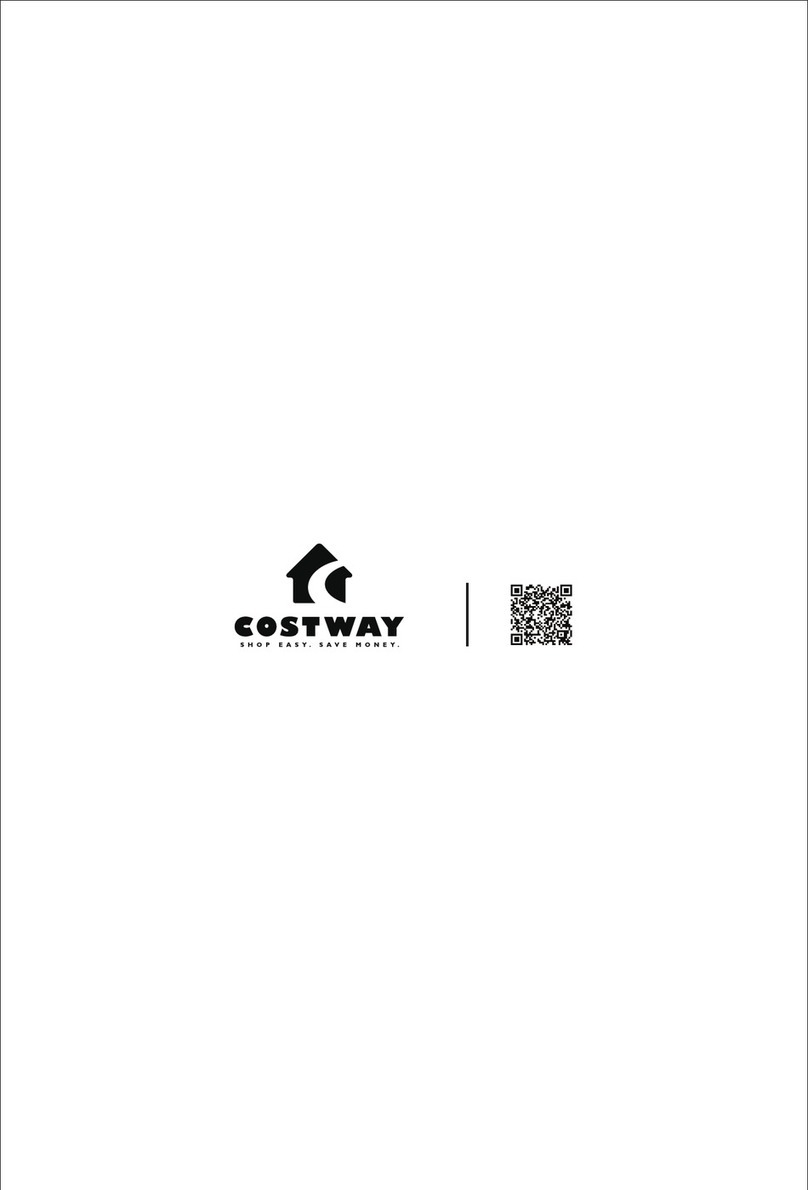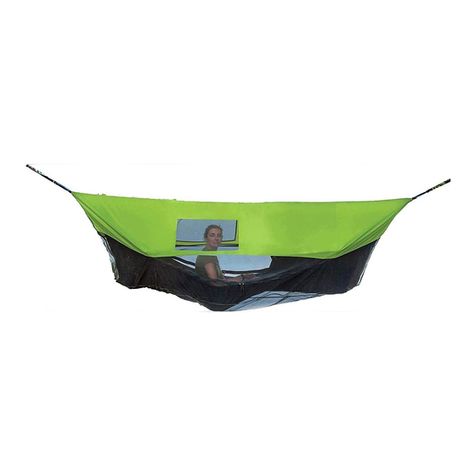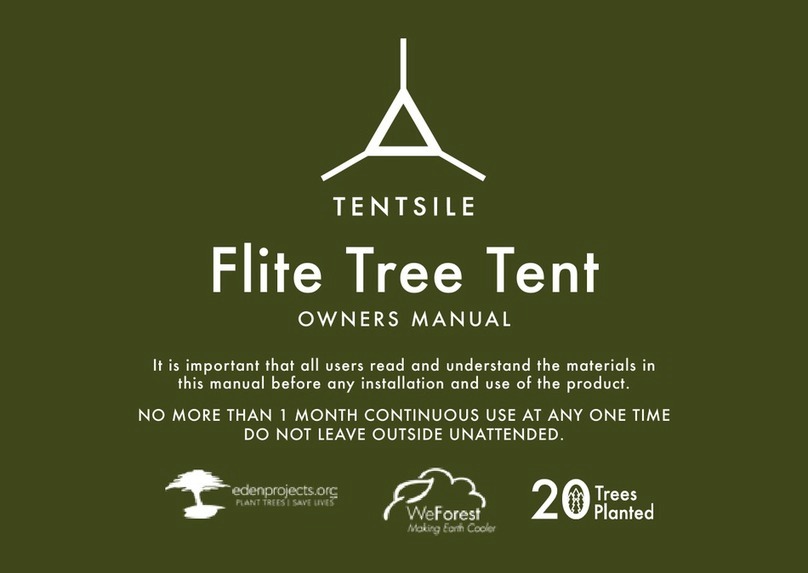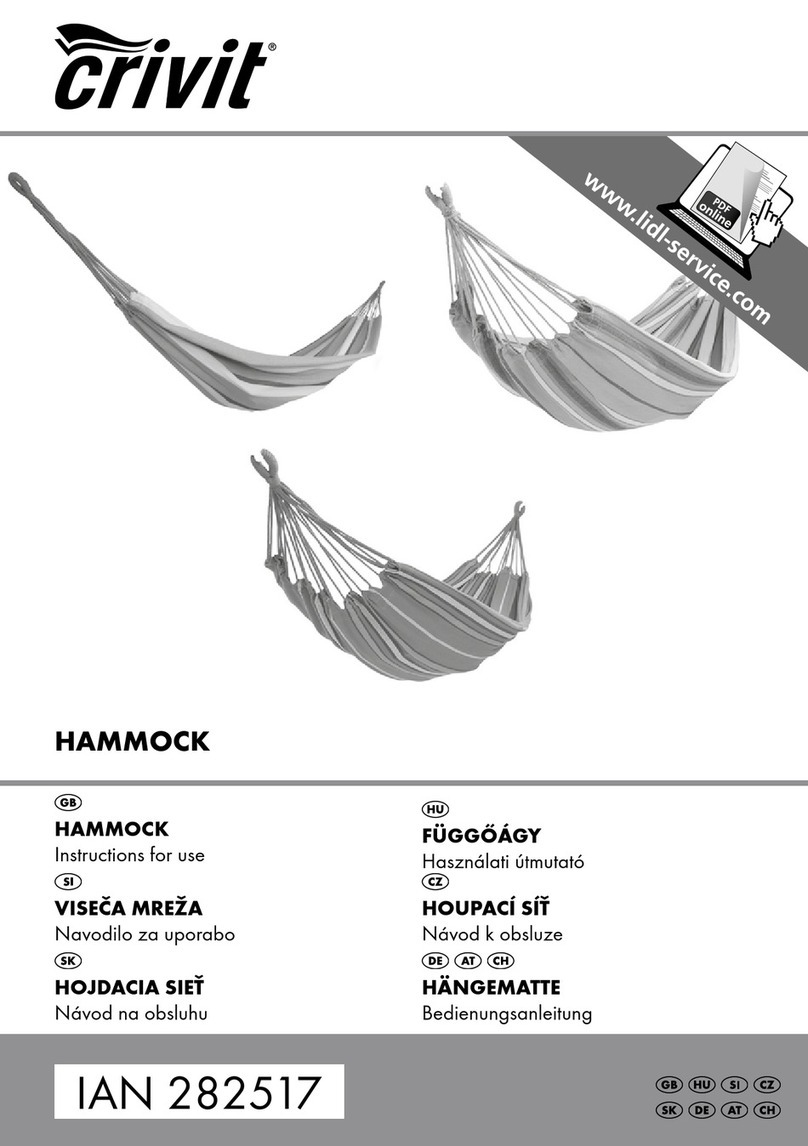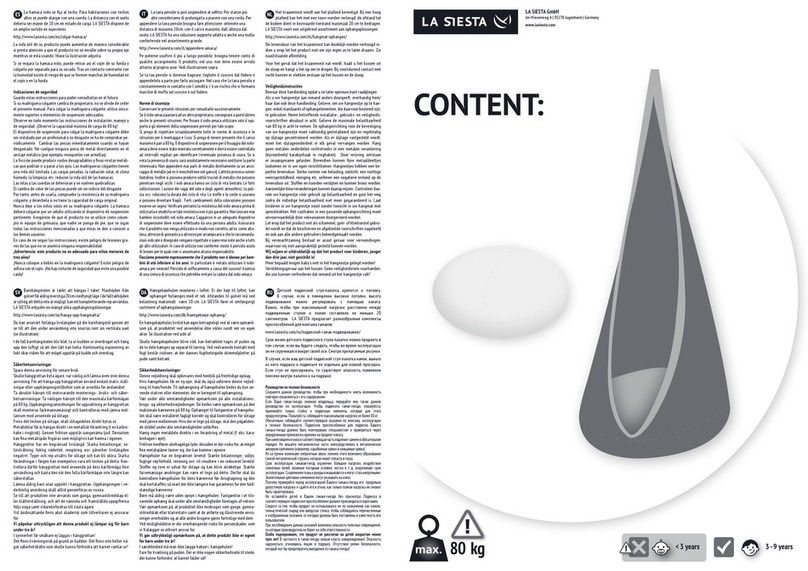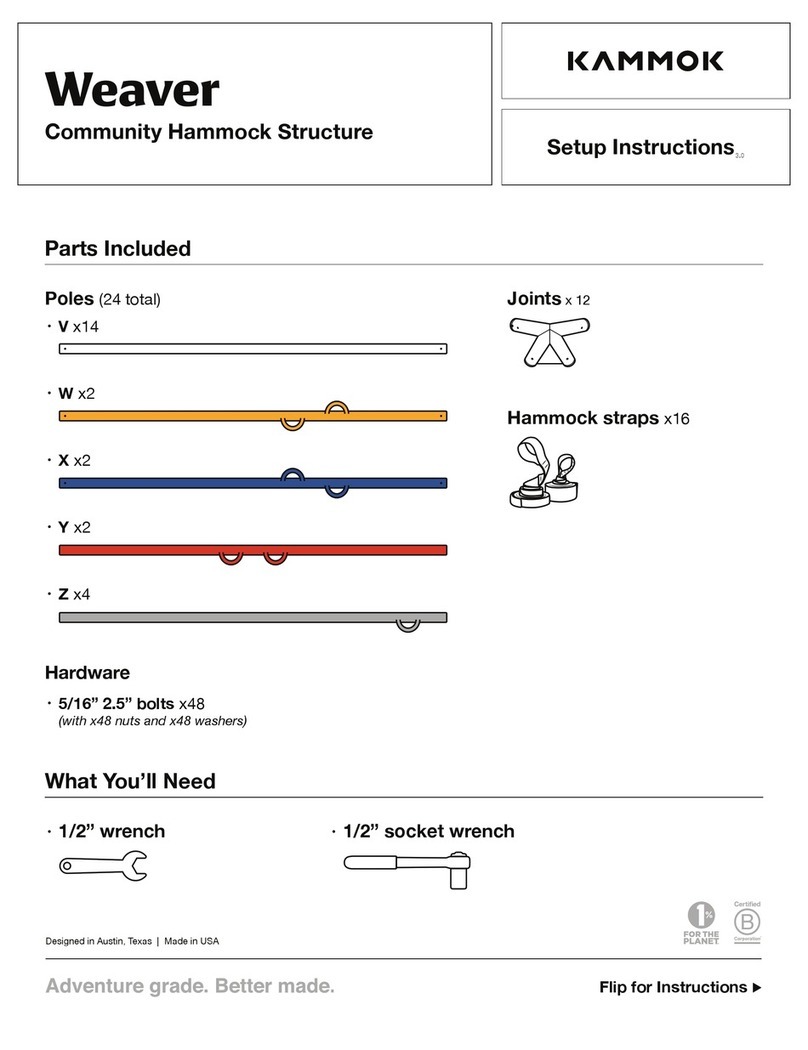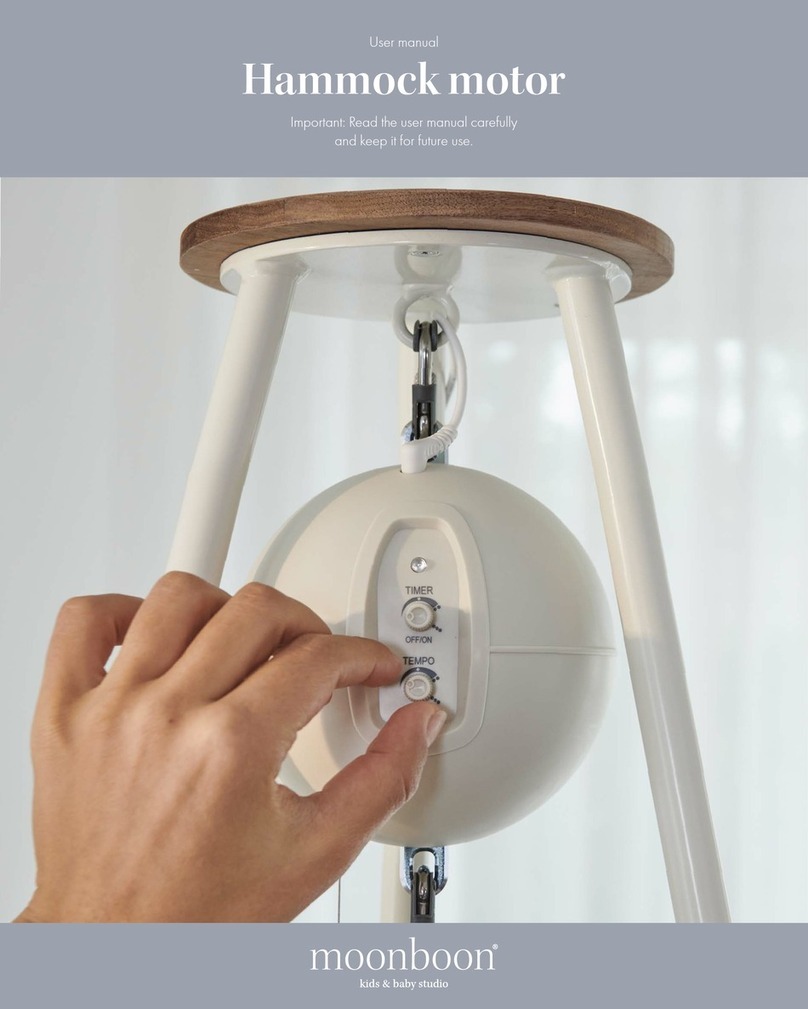
6
© Guldmann 08/2016 # 900686_4
© Guldmann 08/2016 # 900686_4
Er sejlets mærkat læselig og komplet?
Tjek sejlet for manglende, ulæselige og ufuldstændige mærkater. Mangler
mærkaten er det ikke muligt at denere sejlets type, sejlets funktion og/eller
vægtbegrænsning.
Er løftestopperne og syningerne intakte?
• Tjek efter for ødelagte eller slidte syninger
• Tjek efter for knuder på stropperne
• Tjek efter for ænger eller osser
• Tjek efter for huller, ænger eller snit
• Tjek efter for fremmedlegemer i stoffet eller på stropperne
(fx metalsplinter e.l.)
Er stoffet intakt?
• Tjek efter for tegn på unormalt slid og overdreven brug
• Tjek efter for trævler og ænger
• Tjek efter for usædvanlige eller væsentlige misfarvninger
• Tjek efter for rifter, huller, ænger eller snit
• Tjek efter for trævlede eller usikre sømme
• Tjek efter for mærker fremkaldt af kemikalier eller ætsende stoffer
• Tjek efter for forandringer i stoffet – fx øget stivhed
• Tjek efter for indkapslede partikler
Har sejlet stadig den originale størrelse og længde uden
brug af knuder, nåle, tape eller andre metoder, der kan ændre
formen og gøre sejlet kortere eller længere?
Konklusion
Såfremt sejlet har nogle af ovennævnte mangler, skader e.l., skal det
kasseres uanset vægten af brugeren, der skal løftes.
2.03 Bortskaffelse af sejl
Sejl bortskaffes ved forbrænding.
Ved korrekt forbrænding nedbrydes polyester til kuldioxid og vand.
3.00 Service og levetid
3.01 Sikkerheds-/serviceeftersyn
I henhold til international standard EN/ISO 10535 ”Hoist for the transfer of
disabled persons – Requirements and test methods” skal der udføres et sik-
kerhedseftersyn mindst hvert halve år. Proceduren for sejleftersynene skal
være grundig, systematisk og vedvarende. Derudover er både praktisk og
visuel gennemgang anbefalet.
Visse former for skader er langt lettere at opdage gennem praktisk gennem-
gang end blot ved visuel gennemgang. Som eksempel kan nævnes: stivhed
i stoffet, defekte stropper og tyndslidt stof. Disse kan ndes gennem fysisk
kontakt med sejlet. Visuelle eftersyn afslører sandsynligvis ikke alle former for
sejlskader.
